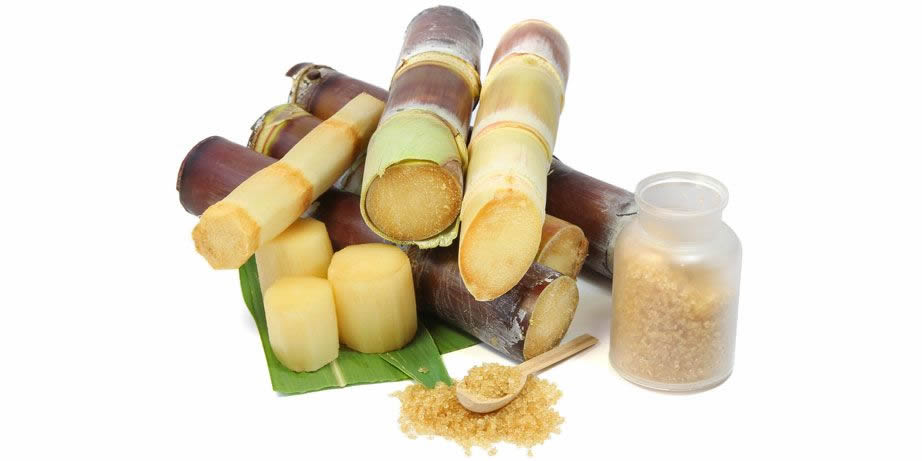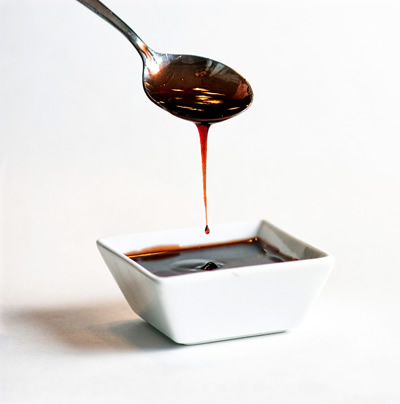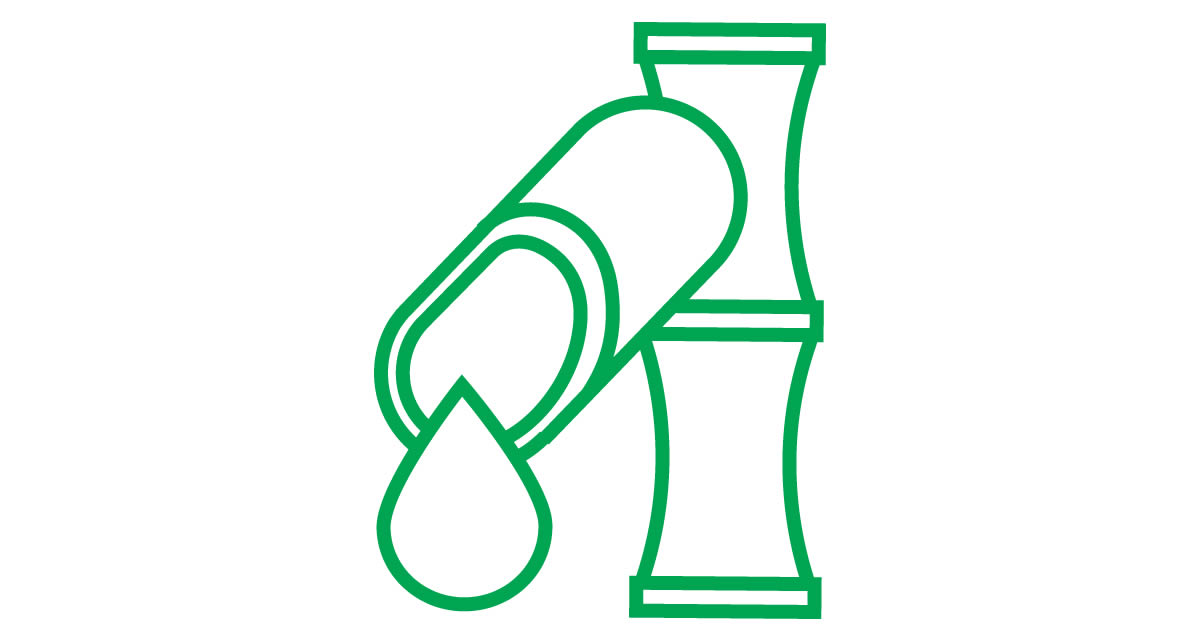
The purpose of this paper, written from the perspective of the small planters, is to raise awareness about the revenue generation possibilities from cane without having recourse to government subsidies and other tax exemptions. Small planters and metayers contribute up to 20 % (800,000MT canes) of cane produced out of the 50,000 ha (1990 : 76,000ha); yet they have historically been deprived from receiving their fair share of returns from cane. It is also a message for the corporate sugar sector to shoulder its responsibilities and to stop crying wolf. Never was the saying that “we are all on the same boat” as true as it is today.
Publicité
Since the beginning of the sugar sector reforms, nearly €1 billion has been obtained from the EU, in form of direct budgetary support, funding of Voluntary Retirement Schemes-VRS 1 and VRS 2, regrouping and de-rocking schemes, centralisation of sugar milling activities, and investment in refineries for White Refined Sugar (WRS), Special Sugars (SS) and ethanol.
Many small planters are abandoning their plantations on economic grounds, whereas millers/planters are benefitting from various tax incentives and land conversions schemes aimed at lucrative diversification away from cane and real estate developments targeting foreigners mainly. The amendment of the SIE Act in 2016 created a new market for Land Conversion Rights whereby for every acre of land given to the State, the Corporate Sugar Sector will benefit from tax exempt conversion of two acres of land. A glaring example of this scheme is the new road built at the tax payers’ expense to the tune of Rs 650 million on OMNICANE land, from Mare d’Albert to the SSR Airport as part of the road decongestion programme – a road which was never required in the first place but which effectively dis-enclaves and adds value to the land belonging to OMNICANE /ENL in that area and paves the way to its IRS in the South.
Joint Technical Committee 2018

Government has set up a JOINT TECHNICAL COMMITTEE (JTC) in 2017 composed of civil servants and the representatives of BUSINESS MAURITIUS (MSPA& JEC) – to define a price mechanism for the use of bagasse for energy generation. Small planters have been left out. Government will gain by revisiting the William & Hutton Report (2009) on the subject. The JTC submitted its report on 10th May 2018 after incorporating recommendations from a Restricted Negotiating Committee (RNC) of the corporate sugar estates. The JTC’s recommendation is that Government and tax payers must foot an annual bill of Rs 1.3 billion in form of subsidies for the next five years to 2022 leaving lesser funds to fight poverty and to increase funding for social services/ social housing. Later, the same people will lament over the level of public indebtedness and budget deficits. Otherwise the JTC is advocating, amongst other things, to increase consumer electricity bills by Rs 1.10 per kWh and to further increase the price of petroleum products by 30 cents per litre.
It is high time for policy makers to stop this piecemeal approach to solving the problems of the sugar industry. Apart from foregoing significant income from transactions involving land and immovable properties, Government has been dishing out huge subsidies on a recurrent basis either from public funds, the SIFB reserves or out the pocket of the consumers to please the millers / corporate planters who are like peas in a pod. Since independence, the Corporate Sugar sector has been crying wolf to obtain more Government subsidies funded with tax payers’ money. But they have also invested in Africa (Kenya, Mozambique, Tanzania etc...) without any such favours from the African States. Protection must be provided to the weak and not to the strong. Unnecessary subsidies encourage inefficiency and wastage of resources which thereafter creates disequilibrium in the economy and enlarges the debt trap. The small planters and ‘metayers’ do not need subsidy. They need their fair share of revenue from cane, which is still abundant despite then near death of sugar.
The focus must henceforth shift from SUGAR to CANE AND ITS BY-PRODUCTS. The small planters must get their fair share of income from cane delivered to the miller. The average ex syndicate price to the small planter must include a premium for refined and special sugars which has so far been denied to them. It is no secret that cane by-products also provide sizeable revenue for everyone including the small planters.
The CANE INDUSTRY has to be revamped and reengineered into a really strong win-win partnership not influenced by opposition from powerful vested interests. There are no magic solutions. We have to increase revenue streams and reduce avoidable costs. While the sales of sugar has been regulated by the Mauritius Sugar Syndicate Act since 1951, the sale and commercialisation of other cane by-products have completely been left out to the millers and the corporate Sugar sector by the British well before Independence in 1968. And no post-independence Government has dared to review this unhealthy state of affairs to this date.
Bagasse
In his book “Alternative Uses of Sugar Cane and its By-Products in Agro Industries” (1989), J. M. Paturau, advocated the optimal use of cane by-products to provide non negligible support to the cane industry. These by-products are bagasse, molasses and filter muds. If we go by the yardstick provided by him, the Mauritian scenario in 2018 will look like below:
| Area under cultivation | 50,000 ha |
|---|---|
| Cane | 4,000,000 tons |
| Sugar | 400,000 Tons |
| Bagasse | 1,200,000 Tons |
| Molasses | 133,000 Tons |
| Filter Muds- scums | 133,000 Tons |
Each of the above has an economic value of its own. Starting with bagasse, it is sad to note that small planters are not paid on the weight of bagasse produced but rather on the basis of tonnage of sugar accrued to the planter, which is dependent on the Sugar, the extraction rate of the miller. The best thing would be to remunerate bagasse on its actual weight, which is internationally proven to be a third of the cane tonnage provided to the miller. So, a planter producing 30 tons of canes must be entitled to 10 tons of bagasse income. Bagasse and molasses are produced at zero cost to the miller.
The price of bagasse used for purposes other than the manufacture of Sugar (i.e. production of electricity, feedstock and flower) was fixed at Rs 100 (US$ 3.30) Mt sugar under the Bagasse to Energy programme (BEP-1985) and remained stagnant for 30 years although electricity production from bagasse increased significantly. Only recently it has been increased to Rs 149 /Mt sugar. The payment is made out of CEB funds on Surplus Bagasse only. In simple language, this means that out of 10 tons of bagasse produced per acre, the miller uses seven tons of bagasse free of cost. The planter is at most compensated only for the remaining three tons of bagasse. This gross anomaly has to be addressed and corrected forthwith if we want to achieve meaningful collaboration. According to experts, cane tops/trash and bagasse have the same calorific value for electricity production. Some IPPs in the north are proposing Rs 1,200/ton of cane tops collected from planter’s fields. The JTC evaluates cane trash at Rs 1,000 per ton. On this basis, it is only fair to require millers and IPPs to pay at least Rs 1,500/ ton of bagasse to the planters providing them an instant income of Rs 15,000 per acre instead of the actual Rs 450 per acre. And it will also incentivise those who have abandoned their lands to come back to the cane industry. If bagasse fulfils the function of a public good, it must be fairly remunerated. Millers/IPPs should no longer be allowed to utilise bagasse free of charge to produce electricity, liquid fertilisers, bio fuels and rum.
The Mauritius Cane Industry Authority (MCIA) must make it mandatory for millers to disclose on a quarterly basis the proportion of bagasse utilised in sugar production, electricity generation and bio fuels production, because these by-products undergo the same basic processes. More than 50% of the bagasse utilised by millers free of cost produce electricity that is sold to the CEB. The ratio of power to steam generation from bagasse can be safely estimated to be in the range of 75:25. In 1995, Government established the Bagasse Transfer Price Fund (BPTF) financed by the CEB to the tune of Rs 60m annually for 600,000 tons of bagasse (Rs 100/ ton) - a fund initially devised for small planters only. But more than 62% (50:38:12) of the BPTF is now paid back to the millers, corporate planter and IPPs who are already paid in full for energy sold to CEB. In 2015, Government created the Sugar Cane Sustainability Fund (SCSF) managed by the MCIA and paid out again by the CEB (1.08% of the CEB’s revenue) to support all planters for remaining in cane cultivation. This kind subsidy cannot be perpetuated over time.
Molasses
 Let us now turn to molasses – the residue of processed cane syrup (massecuite) from which no more sucrose can be extracted. Its yield is approximately 3.0% -3.3% of the cane tonnage i.e. 30 kg of molasses is obtained per ton of cane. It is utilised to produce alcohol, rum, vinegar and citric acid. As a by-product molasses have absolutely no cost of production and its production cannot be increased in response to increase in demand, unless it is deliberately increased to the detriment of sugar. In 2017, planters were paid Rs 2,242 per ton (US$ 64 per ton) of molasses when the world price (OECD library) was US$ 195 or Rs 6,825 per ton. A private company owned by the millers and corporate planters – Alcohol & Molasses Export Ltd (AMEL) – exports 30,000 tons of molasses for Rs 8,510 per ton (as per 2017 financial statement of AMEL) whereas it buys the same at Rs 1,900/. The SIE Act 2016 now provides a statutory protection to AMEL & OMINCANE by introducing a method of keeping molasses prices below world market prices with a floor of Rs 2,000 and a cap of Rs 3,500 per ton using the Rotterdam LEI FOB price as reference. We can only wonder as to who is being protected by keeping the prices of molasses so low and how can a Government incorporate such a formula in a piece of Legislation. Why are we depriving small planters to receive at least Rs 6,800 per ton of molasses?
Let us now turn to molasses – the residue of processed cane syrup (massecuite) from which no more sucrose can be extracted. Its yield is approximately 3.0% -3.3% of the cane tonnage i.e. 30 kg of molasses is obtained per ton of cane. It is utilised to produce alcohol, rum, vinegar and citric acid. As a by-product molasses have absolutely no cost of production and its production cannot be increased in response to increase in demand, unless it is deliberately increased to the detriment of sugar. In 2017, planters were paid Rs 2,242 per ton (US$ 64 per ton) of molasses when the world price (OECD library) was US$ 195 or Rs 6,825 per ton. A private company owned by the millers and corporate planters – Alcohol & Molasses Export Ltd (AMEL) – exports 30,000 tons of molasses for Rs 8,510 per ton (as per 2017 financial statement of AMEL) whereas it buys the same at Rs 1,900/. The SIE Act 2016 now provides a statutory protection to AMEL & OMINCANE by introducing a method of keeping molasses prices below world market prices with a floor of Rs 2,000 and a cap of Rs 3,500 per ton using the Rotterdam LEI FOB price as reference. We can only wonder as to who is being protected by keeping the prices of molasses so low and how can a Government incorporate such a formula in a piece of Legislation. Why are we depriving small planters to receive at least Rs 6,800 per ton of molasses?
Actual molasses production (2016) is 130,000 MT out of which 30,000 MT is delivered by the miller to AMEL for export and 65,000 MT is sold to OMNICANE for production and export of ethanol. The remaining 35,000 MT is sold to Distillers & Bottlers for rum production who in return pay the small planters a contribution only Rs 498/ton sugar. The purchase price is only Rs 1,900/ton molasses. Apart from citric acid, rum production from molasses is considered to be the most profitable business from cane with a ton of molasses producing some 230 litre of rum at least (per JM Paturau). Considering the actual retail price of Rs 478.50 per litre of rum on the local market, one ton of molasses is worth Rs 110, 000 inclusive of excise duties and corporate profits.
Ethanol

Maximisation of opportunities should also incorporate the sharing of income from the sale of ethanol from molasses and liquid fertilisers from vinasse. It is internationally recognised that 250 litres of ethanol are produced from every ton of molasses. In December 2016 Government legislated for the mandatory blending of ethanol with Mogas but it has yet to decide whether to promote E10 or E5. Despite its announcement in December 2016, Government has yet to formulate the “Ethanol and Molasses Framework”, the “Renewable Sugar Cane Industry Based Biomass Framework” and the “Sugar Based Agro -Industry Framework” which were entrusted to the MCIA. One can wonder why the Utilities Regulatory Authority (URA) and the Mauritius Renewable Energy Authority-(MARENA) have been left out of the formulation of these frameworks and the determination of Cane Biomass tariffs and biofuel (E10 or E5).
To be continued

Notre service WhatsApp. Vous êtes témoins d`un événement d`actualité ou d`une scène insolite? Envoyez-nous vos photos ou vidéos sur le 5 259 82 00 !


















![[Info Soirée] : «Depi li ansint zanfan la pass mizer»](https://defimedia.info/sites/default/files/styles/square_thumbnail/public/thumbnail_180424.jpg?itok=ZOhEXf-J)


